Applications by foreign citizens to study in Australia have collapsed by more than 80 percent since March, with the number of international students expected to be half its pre-pandemic total by mid next year.
There are already about 210,000 fewer international students in Australia than would have been expected before Australia shut its borders on March 20 in response to spiraling COVID-19 case numbers, Department of Home Affairs data shows.
This includes 135,000 students who are still enrolled but not in the country, and a 75,000 drop in onshore student numbers.
The drop in enrolments and visa applications could cost the Australian economy up to $20 billion in lost spending.
Analysis of international student numbers by Victoria University‘s Mitchell Institute shows student visa applications from outside Australia have fallen between 80 percent and 90 percent per month since Australia shut its borders on March 19.
Data from the Department of Home Affairs shows that between March and August 2019 there were 137,471 student visa applications from overseas. In the same six-month period this year there were 22,893 applications, a decline of 83 percent.
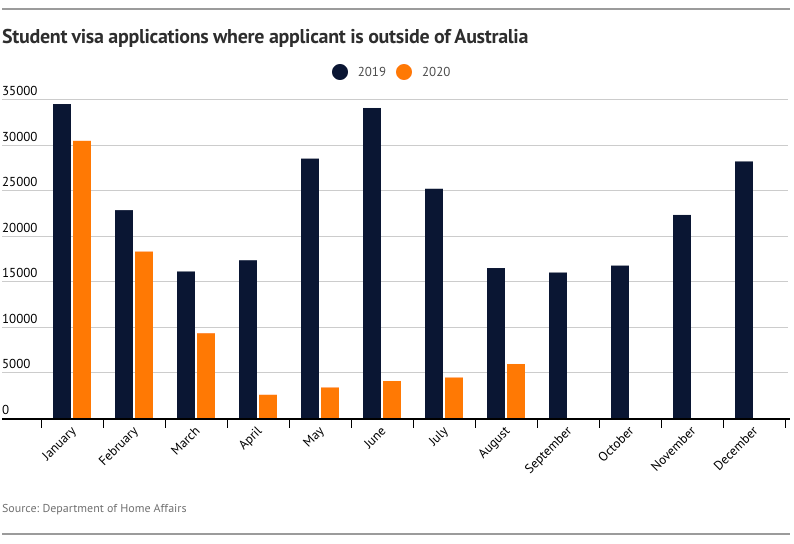
Mitchell Institute education fellow Peter Hurley said the dramatic slump in student visa applications from overseas would affect the education sector for at least the next two years, as fewer new arrivals replaced departing graduates.
“Australia is facing the dual problem of fewer international students [arriving] and currently enrolled students leaving the country,” Dr Hurley said.
His report, Coronavirus and international students, notes that the impact of the crisis in international education extends beyond the university sector.
International education was worth $37.5 billion to Australia in 2018-19, including what students spent on goods and services and in tuition fees, data from the Australian Bureau of Statistics show. Figures for 2019-20 are due to be published next month.
“Approximately 57 percent, or $21.4 billion, of the $37.5 billion in annual revenue associated with international education comes in the form of goods and services spent in the wider economy,” the report states.
“The reduction in international students living in Australia will affect the many Australian jobs and businesses that rely on international education.”
Related Posts
Moorabbin Aviation Services is a school that trains student pilots from overseas, including a large number each year sponsored by China Southern, Asia’s largest airline.
Its students stay near the school’s two campuses – at Moorabbin in Melbourne’s south-east and at Mangalore, 120 kilometres north of Melbourne – for about 18 months, chief executive Darron Hurley said.
Not a single new student has arrived since February, Mr Hurley said, adding that he expects to have to lay off a number of staff in coming weeks.
“We had existing students here when it all turned pear-shaped,” he said. “We had about 110 at Mangalore; now we are down to about 65 and we’ve got about 30 at Moorabbin.”
Those students contribute to the local economy by leasing houses and shopping in the local area.
“They contribute to Victoria’s economy massively,” Mr Hurley said.
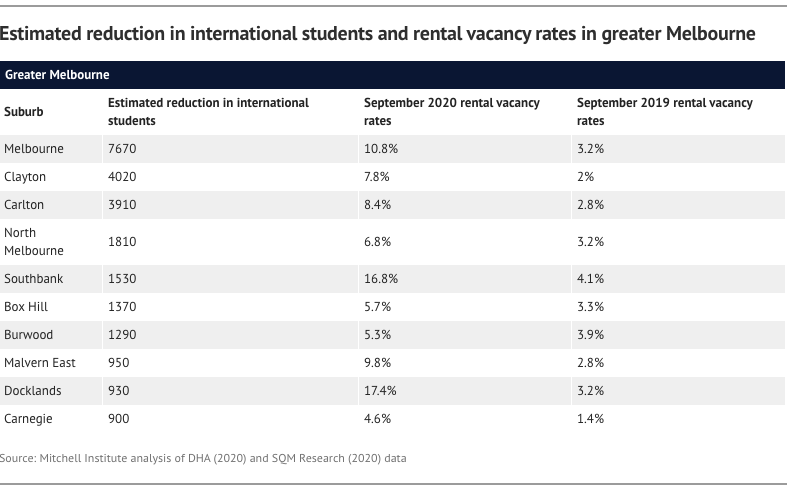
The departure of international students is spread across Melbourne but most heavily felt in the inner city.
The resident population of Melbourne’s CBD declined by 7670 people between January and October. In Clayton, where Australia’s largest university, Monash University, is located, the population has shrunk by 4020 people.
“You are already seeing a huge change in the rental market,” Dr Hurley said. “If you take out all those people in an area, you take away the demand that comes with them, which really affects property and retail.”
Melanie Macfarlane, an education consultant and migration agent based in Sydney, said Australia was already beginning to lose prospective students to other countries.
Ms Macfarlane specialises in assisting students from Latin America, from where 56,500 students came to study in Australia last year. She said inquiries to her office about studying in Australia have “nosedived by 90 percent”.
“There is still a lot of interest, but booking wise it is way down,” she said.
Canada – a competitor in the global market for international students – opened its borders to overseas students last month, even as the country notched up a record 76,206 new coronavirus cases in October.
Ms Macfarlane said while Australian borders remained closed to international students, her office was referring more inquiries to Canada.
Any loss of market share to a foreign competitor this year would affect Australia’s international education market for the next two to three years, she said.
“From the offshore market you get this ongoing market for about two, three years, that’s the average life of a student here.”
Federal Education Minister Dan Tehan said state and territory governments were responsible for pilot schemes to return international students, with programs implemented in South Australia and the Northern Territory.
The Morrison government released updated protocols for international student arrivals on October 29.
The Andrews government was contacted for comment.

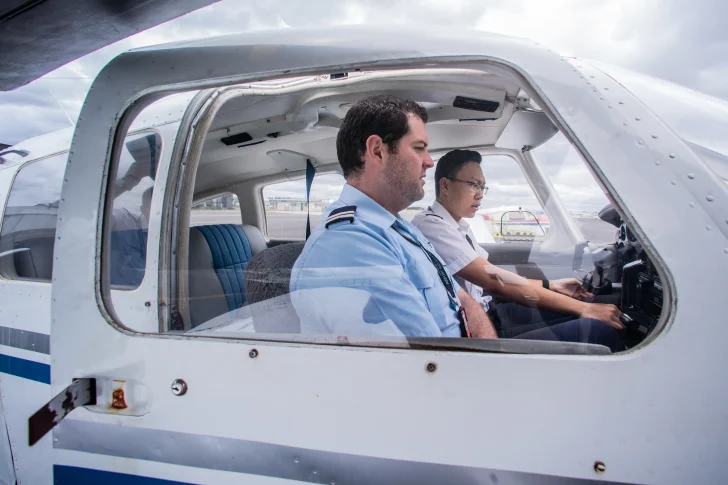


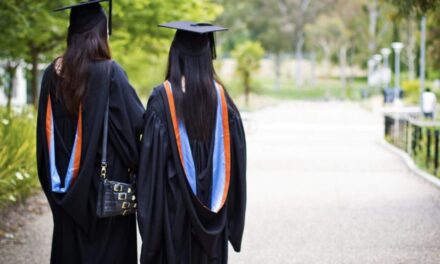
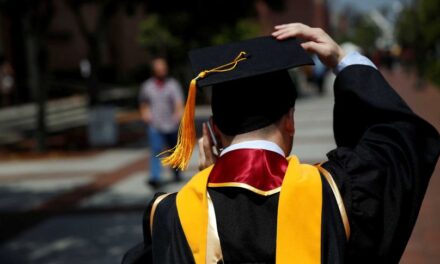
Recent Comments